SpaceX is taking a new approach to internet access, and it’s deploying a special vehicle to try it out.
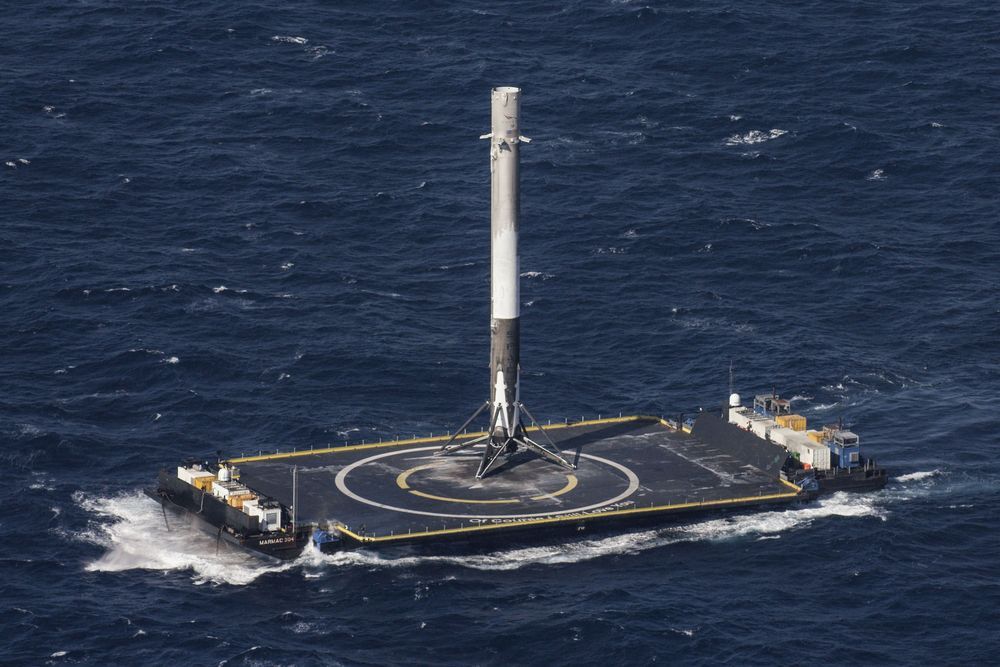

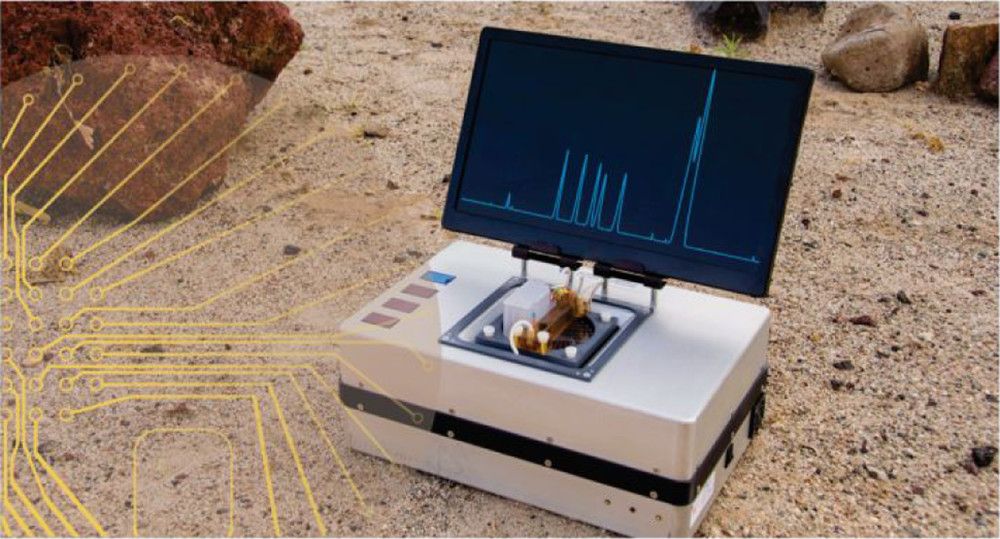
There are a variety of complementary observations that could be used in the search for life in extraterrestrial settings. At the molecular scale, patterns in the distribution of organics could provide powerful evidence of a biotic component. In order to observe these molecular biosignatures during spaceflight missions, it is necessary to perform separation science in situ. Microchip electrophoresis (ME) is ideally suited for this task. Although this technique is readily miniaturized and numerous instruments have been developed over the last 3 decades, to date, all lack the automation capabilities needed for future missions of exploration. We have developed a portable, automated, battery-powered, and remotely operated ME instrument coupled to laser-induced fluorescence detection. This system contains all the necessary hardware and software interfaces for end-to-end functionality. Here, we report the first application of the system for amino acid analysis coupled to an extraction unit in order to demonstrate automated sample-to-data operation. The system was remotely operated aboard a rover during a simulated Mars mission in the Atacama Desert, Chile. This is the first demonstration of a fully automated ME analysis of soil samples relevant to planetary exploration. This validation is a critical milestone in the advancement of this technology for future implementation on a spaceflight mission.
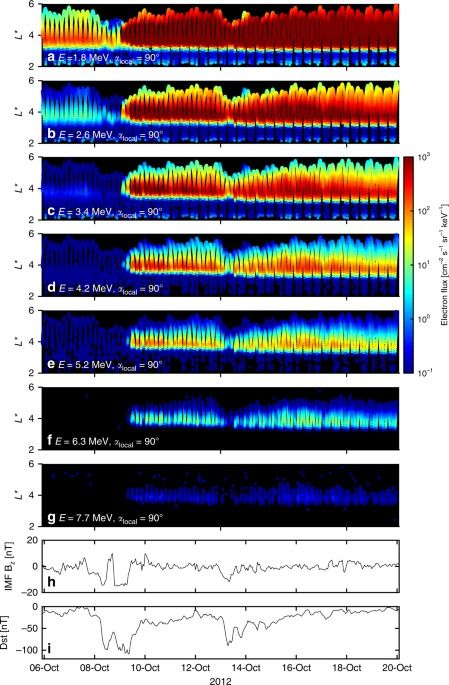
Figures 4 and 5 effectively demonstrate that local acceleration is capable of heating electrons to ~7 MeV as the phase space density profiles show signatures of local acceleration during both of the geomagnetic storms considered. The phase space density enhancements for higher energies followed the enhancements at lower energies. In Supplementary Note 8, additional analysis establishes that locally growing peaks are also observed for lower values of K, corresponding to radiation belt electrons confined closer to the equator. Furthermore, as the values of K and L* are dependent on the magnetic field model chosen, results using an additional two field models are also presented (see Supplementary Note 9) and, once again, growing peaks are observed in the radial phase space density profile. Our results demonstrate that local acceleration had a significant effect on radiation belt particles during both of the storms in October 2012, acting on electrons up to 7 MeV. In the radiation belt region, local acceleration introduces radial gradients in phase space density and so is always accompanied by both outwards and inwards radial diffusion. Locally heating electrons to ~7 MeV provides a very high energy “source population” for inwards radial diffusion and could therefore help explain the occurrence of ~10 MeV electrons in April–May 201716.
A recent study by Zhao et al.15, considered the acceleration of ultra-relativistic electrons via a statistical analysis of events during the Van Allen Probe era. The results were consistent with a two-step acceleration process, where locally heated electrons at large L*, beyond the Van Allen Probes apogee, are radially diffused inwards to reach energies of 7 MeV in the outer radiation belt. While the combination of local acceleration and radial diffusion produces 7 MeV enhancements15, the Van Allen Probe observations for the two storms shown in this study demonstrate that local acceleration can also act directly up to 7 MeV energies. The local energization mechanism responsible for generating 7 MeV electrons in the heart of the outer radiation belt, be that acceleration by chorus waves or some other process, presents an interesting focus for future research. Longer term analysis and statistical studies can be used to better understand the conditions leading to acceleration. Datasets formed via data-assimilation techniques may be useful for this purpose. Long term observations of the ultra-relativistic component of Earth’s radiation belts demonstrate that ≥7 MeV electrons are a relatively rare phenomenon, occurring far less frequently than enhancements at 1 or 2 MeV1. It therefore follows that the circumstances leading to multi-MeV enhancements could be unusual, requiring specific conditions. Our results highlight that wave-particle interactions can provide the primary acceleration mechanism for electrons up to ultra-relativistic energies, a finding applicable to magnetized plasmas throughout the solar system.
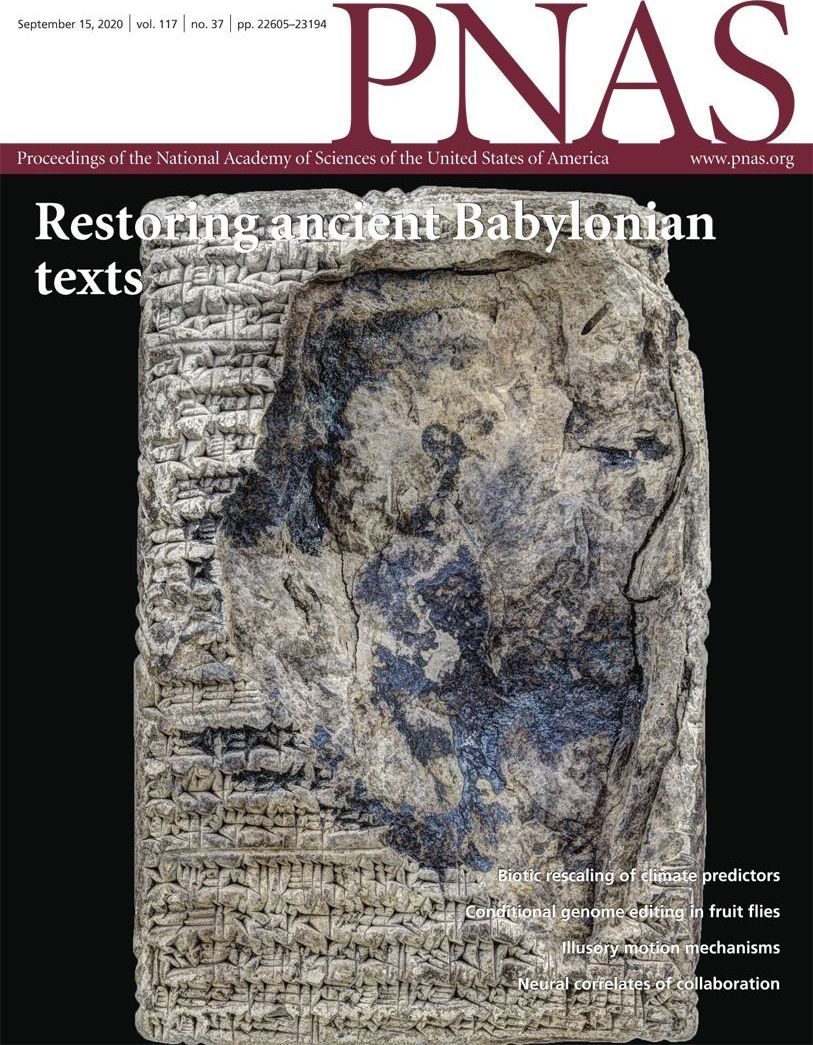
Chlorine isotopes are a sensitive tracer of degassing throughout planetary evolution that provide evidence for the universal depletion of volatiles in the Moon. We show that much of the chlorine in mare basalts is trapped in water-soluble phases from vapor deposition with low isotope values, with the remaining being isotopically heavy from degassing. We also use halogen concentrations and bulk-Cl isotope values to show that most lunar halogen loss and heavy Cl enrichment occurred during the Giant Impact—resulting in a 10× depletion of halogens relative to the Earth. Last, we conclude that lunar apatite has much higher δ37 Cl values compared to the bulk rock, likely explained by localized degassing, making their use as direct probes of planetary-scale processes problematic.
Lunar mare basalts are depleted in F and Cl by approximately an order of magnitude relative to mid-ocean ridge basalts and contain two Cl-bearing components with elevated isotopic compositions relative to the bulk-Earth value of ∼0‰. The first is a water-soluble chloride constituting 65 ± 10% of total Cl with δ37 Cl values averaging 3.0 ± 4.3‰. The second is structurally bound chloride with δ37 Cl values averaging 7.3 ± 3.5‰. These high and distinctly different isotopic values are inconsistent with equilibrium fractionation processes and instead suggest early and extensive degassing of an isotopically light vapor. No relationship is observed between F/Cl ratios and δ37 Cl values, which suggests that lunar halogen depletion largely resulted from the Moon-forming Giant Impact. The δ37 Cl values of apatite are generally higher than the structurally bound Cl, and ubiquitously higher than the calculated bulk δ37 Cl values of 4.1 ± 4.0‰.

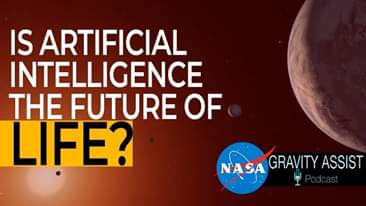
Has science fiction shaped our thoughts about space? In a new episode of our #GravityAssist podcast, astrobiologist Susan Schneider shares her theories on what life might be like in the future.
🎧 Listen: https://go.nasa.gov/3mfxZE4
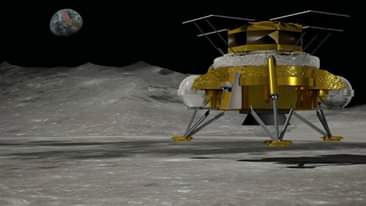
🌖 #Artemis partnerships to return lunar dust, and fly science & NASA Technology to the Moon.
🌎 Our NASA Earth missions provide data to aid in wildfire response.
🛰️ New discoveries at asteroid Bennu from NASA’s OSIRIS-REx Asteroid Sample Return Mission.

Like Concrete
In simpler terms: the resulting material “feels like concrete but much lighter,” Fernandez told CNN. “Very light rock.”
“We have a route to… manufacturing buildings to tools from 3D printing to mold casting with just one single material,” he added.
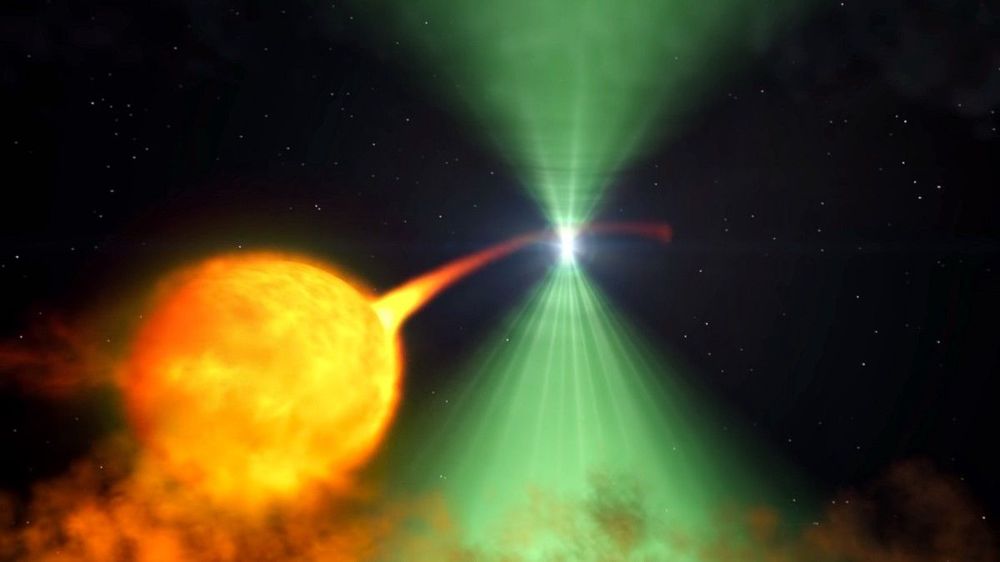

What’s it like to live in space? To get some insight on playing an astronaut going to Mars, Hilary Swank visited NASA’s Johnson Space Center, and spoke with astronaut Jessica Meir, who lived aboard the International Space Station for over 200 days. Bonus: Mission Control cartwheel.